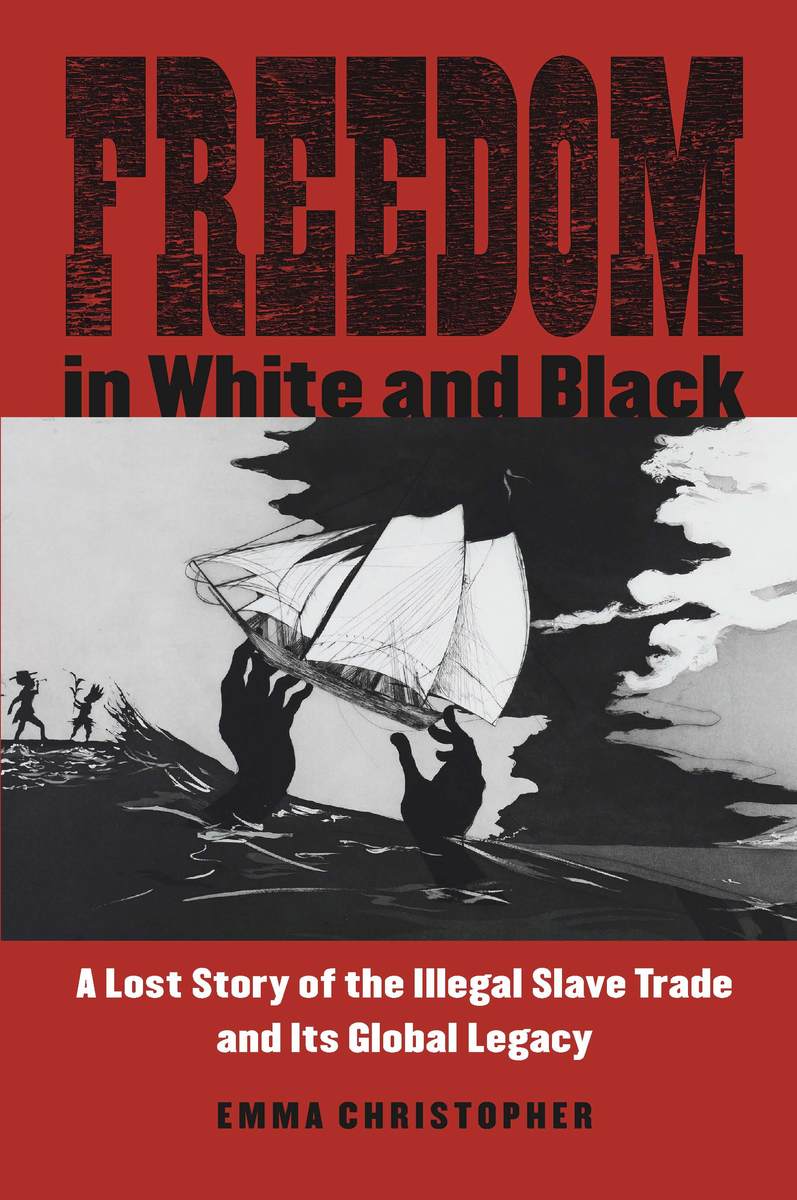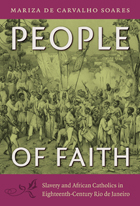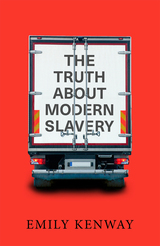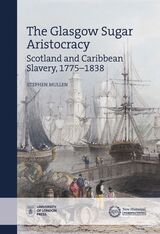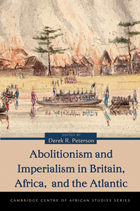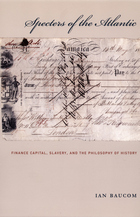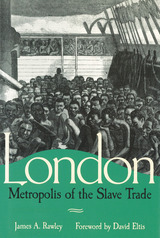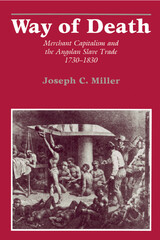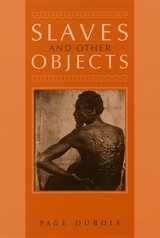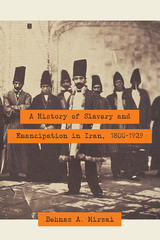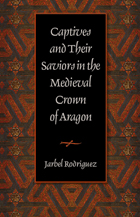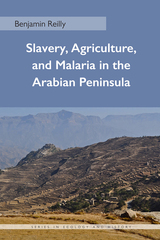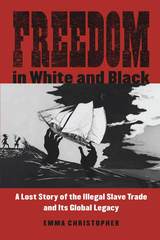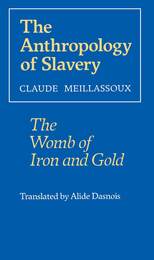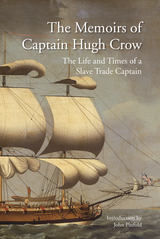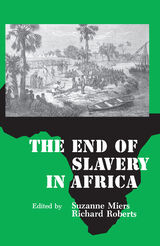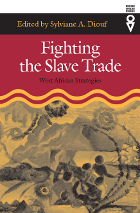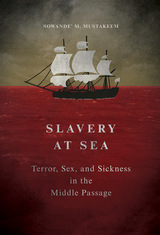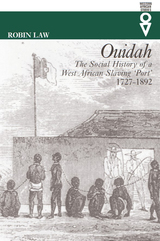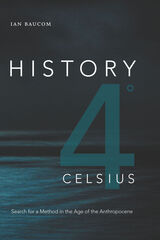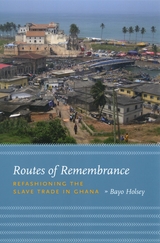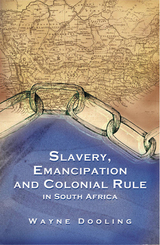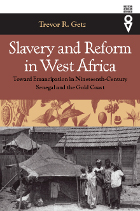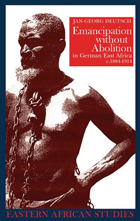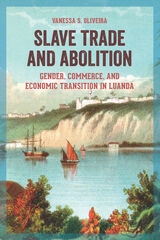Freedom in White and Black: A Lost Story of the Illegal Slave Trade and Its Global Legacy
University of Wisconsin Press, 2020
Cloth: 978-0-299-31620-4 | eISBN: 978-0-299-31623-5 | Paper: 978-0-299-31624-2
Library of Congress Classification HT1321.C47 2018
Dewey Decimal Classification 306.3620922
Cloth: 978-0-299-31620-4 | eISBN: 978-0-299-31623-5 | Paper: 978-0-299-31624-2
Library of Congress Classification HT1321.C47 2018
Dewey Decimal Classification 306.3620922
ABOUT THIS BOOK | AUTHOR BIOGRAPHY | REVIEWS | TOC | REQUEST ACCESSIBLE FILE
ABOUT THIS BOOK
By 1808, both Britain and the United States had passed laws outlawing the transatlantic slave trade. Yet the trade covertly carried on. In the summer of 1813, in what is now Liberia, a compound of slave pens was bursting with sick and anguished captives, guarded by other African slaves. As a British patrol swooped down on the illicit barracoon, the slavers burned the premises to the ground, hoping to destroy evidence.
This story can be told because of an exceptional trove of court documents that provides unparalleled insight into one small link in the great, horrific chain of slavery. Emma Christopher follows a trail of evidence across four continents to examine the lives of this barracoon's owners, their workers, and their tragic human merchandise. She reveals how an American, Charles Mason, escaped justice, while British subjects Robert Bostock and John McQueen were arrested. In court five African men—Tamba, Tom Ball, Yarra, Noah, and Sessay—courageously testified against their former owners/captors. They, and 233 other liberated men, women, and children, were relocated to Freetown, Sierra Leone. There they endured harsh lives of "freedom," while the punishment of Bostock and McQueen was fleeting.
From the fragmented facts of these lives, Christopher sheds fascinating light on the early development of the nations of Sierra Leone, Liberia, and Australia (where Bostock and McQueen were banished) and the role of former slaves in combatting the illegal trade.
This story can be told because of an exceptional trove of court documents that provides unparalleled insight into one small link in the great, horrific chain of slavery. Emma Christopher follows a trail of evidence across four continents to examine the lives of this barracoon's owners, their workers, and their tragic human merchandise. She reveals how an American, Charles Mason, escaped justice, while British subjects Robert Bostock and John McQueen were arrested. In court five African men—Tamba, Tom Ball, Yarra, Noah, and Sessay—courageously testified against their former owners/captors. They, and 233 other liberated men, women, and children, were relocated to Freetown, Sierra Leone. There they endured harsh lives of "freedom," while the punishment of Bostock and McQueen was fleeting.
From the fragmented facts of these lives, Christopher sheds fascinating light on the early development of the nations of Sierra Leone, Liberia, and Australia (where Bostock and McQueen were banished) and the role of former slaves in combatting the illegal trade.
See other books on: Black | Enslaved persons | Freedom | Slave trade | Slaves
See other titles from University of Wisconsin Press
